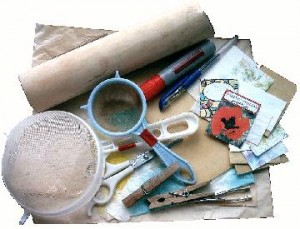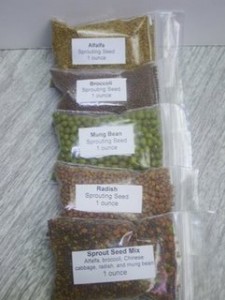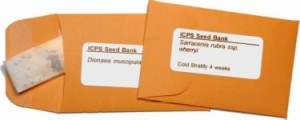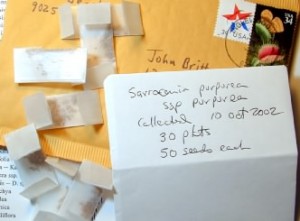 One person’s seeds are another person’s garden. In the gardening world, there are many communities of gardeners who are dedicated to sharing and exchanging seeds among fellow gardening enthusiasts around the world.
One person’s seeds are another person’s garden. In the gardening world, there are many communities of gardeners who are dedicated to sharing and exchanging seeds among fellow gardening enthusiasts around the world.
I have never given much thought about the problems of shipping seeds internationally, but only until recently, when I have been asked to send a big bag of seeds (over 300 grams) to a friend in the USA. That’s the first time I started worrying about potential seizure by the US authorities.
And here is what I have found and would like to share.
Until recent years, without a costly Phytosanitary Certificate, gardeners in the United States gambled on the chance that the seeds they exchanged or ordered from outside the United States could be confiscated and destroyed by the US authorities. In fact, many seed suppliers of other countries would not take the orders that requested seeds shipped to the United States.
However, this is not anymore true since May 2006, when the US Department of Agriculture relaxed its regulations involving the importation of seed from outside the United States and created the Small Lots of Seed Permit program.
Today, all gardeners in the United States need is the Small Lots of Seed Permit. Unless shipping bulk seed, gardeners do not need to purchase the costly Phytosanitary Certificate, which may exceed $80, depending on the country of origin. The cost of Phytosanitary Certificate made it almost impossible for gardeners in the United States to purchase hard-to-find seed from outside their country.
Small Lots of Seed Permit Program
 The Small Lots of Seed Permit is free.
The Small Lots of Seed Permit is free.- Once approved, the Permit will be valid for three years.
- The Permit is good for multiple shipments.
- The maximum number of seed packets of per order is 50, where each packet cannot contain more than 50 seeds or weigh more than 10 grams.
- Obviously, seeds of species which are normally prohibited are not allowed into the US under the new Small Lots of Seed Program.
- Seeds must be completely cleaned of soil, chaff, husks, etc., and complete fruits and berries are not allowed in under the new rules.
- For fastest turn around time, apply on-line at https://epermits.aphis.usda.gov/epermits.
New Procedures of Small Lots of Seed Permit Program
1. The importer (the gardener in the United States) obtains a Small Lots of Seed Permit
2. The importer sends the following to the exporter (eg: a company, a seed exchange society, or an individual outside of the United States)
- a copy of the Small Lots of Seed Permit

- a special label (green/yellow label) addressed to an US Inspection Station
- a self-addressed label
3. The exporter sends the seeds, packed and labeled as required to the US Inspection Station indicated on copy of the Small Lots of Seed Permit.
4. The seeds will be checked at the US Inspection Station and forwarded to the intended recipient (the gardener in the United States).
For information to obtain the Small Lots of Seed Permit, check out the USDA website – Small Lots of Seed Permit
Related Posts:
Seed Exchange & Import Regulations of Seeds
Shipping Seeds to Canada
Quick Guide for Seed Swapping




wow! you dig deep into everything. nice 🙂
hey, dear mate, i want to mail some seeds (i take fr vipassana ctr @ BC) back to hk, only small amount. allow?? any import regulations of hk??
thanks.
and, i got some ideas in this retreat…. i want to learn something about planting fr u, must see u when i back!
Hi Harriet! While I don’t know the details on HK import regulations, if it is only a small amount of seeds, it should be fine to mail them to HK. What kind of seeds are they? Big ones or small ones?
Looking forward to talk to you more! 😉
But you still need a CITES permit if you’re importing appendix I seeds, right?